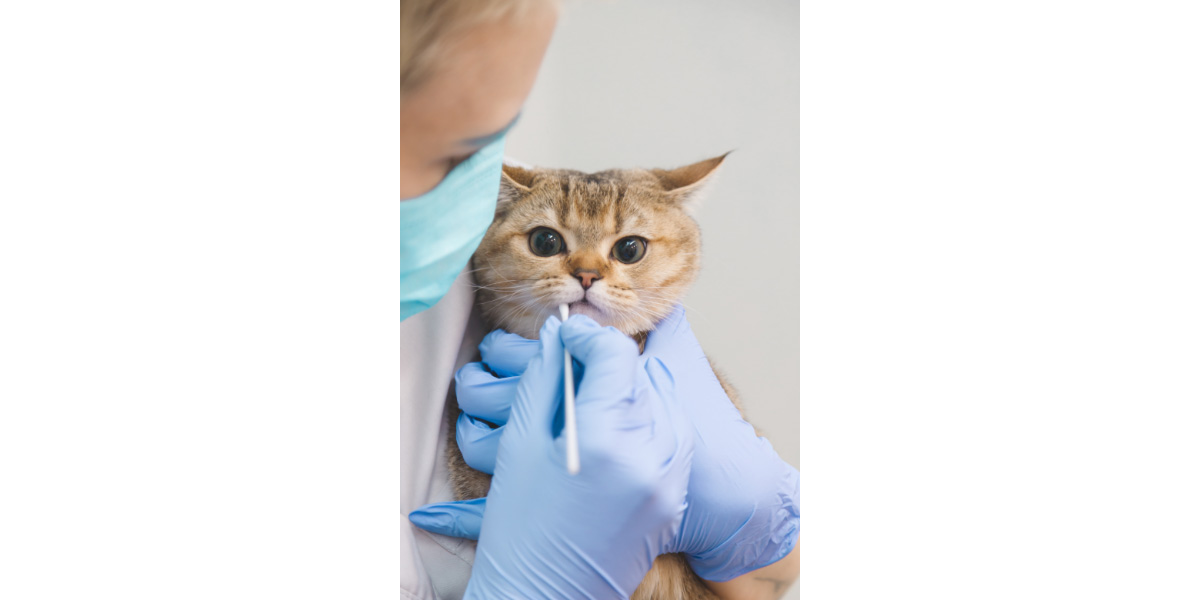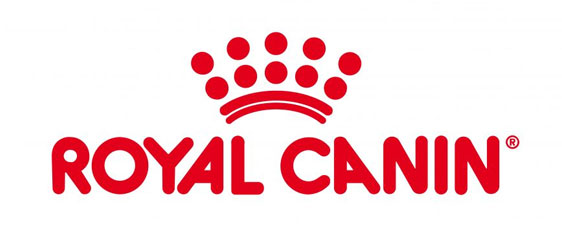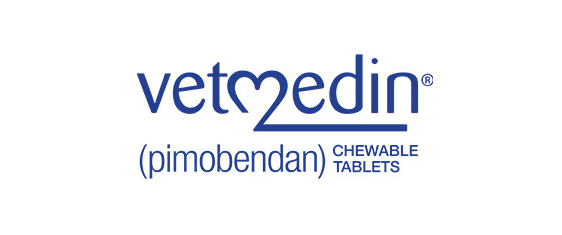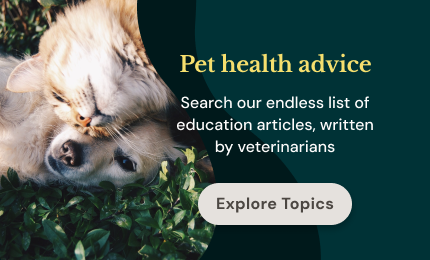Dental Hygiene and Diseases in Dogs and Cats
Doctor of Veterinary Medicine

While efforts are made to answer all questions as quickly as possible, if an immediate answer is required or if your pet is in need of urgent or emergency care, contact your pet's veterinarian immediately.
Doctor of Veterinary Medicine

You will receive an answer from Dr. Lindsay and our vet/tech team as soon as possible, usually the same day.
All answers are provided for informational or educational purposes only, and are intended to be a supplement to, and not a substitute for, the expertise and professional judgment of your pet's veterinarian.
It may be necessary to consult your pet's veterinarian regarding the applicability of any opinions or recommendations with respect to your pet's symptoms or medical condition.
CloseDoctor of Veterinary Medicine

An error has occurred, please reload the page and try again.
CloseWhile efforts are made to answer all questions as quickly as possible, if an immediate answer is required or if your pet is in need of urgent or emergency care, contact your pet's veterinarian immediately.
There is no answer related to your question

Why is dental care important for my pet?
Although veterinarians explain the importance of brushing, 65% of pet owners do not brush their pet's teeth. You can be in the group of pet owners who protects their pets' teeth by investing just 2 minutes a day in brushing. Your pet will be healthier and you will enjoy their fresher breath. Below are a list of common questions pet owners ask about dental diseases in both dogs and cats.
- Is dental disease painful for dogs and cats?
- How often should your veterinarian check your pet's teeth?
- If my pet's teeth look clean, can they have dental disease?
- Why does my pet have stinky breath?
- Why do small breed dogs have more dental problems than large breed dogs?
- Do some cat breeds have more problems with dental disease than other breeds?
- How common is dental disease?
- If I brush my pet's teeth every day, can they still have dental disease?
- Why don't we floss pets' teeth?
- What causes tooth decay?
- Is dental plaque linked to heart disease?
- Is dental disease linked to kidney disease, lung disease, and bladder infection?
- Which pets are most likely to become seriously ill because of dental disease?
- What is gingivitis?
- What's a deciduous tooth?
- What's a retained deciduous tooth?
- What's a prophy? How is a prophy different from periodontal therapy?
- What does periodontal mean?
- Will my pet hurt after a dental treatment?
- Why does it take longer to clean a dog's teeth than to clean a cat's teeth?
- Can a diet too high in meat hurt my pet's teeth?
- Is it true the teeth come in at different ages in a Chihuahua and a Great Dane puppy?
- How are puppy and kitten mouths different from adult pet mouths?
- Why should I bother to brush my pet's teeth?
- What are the 10 signs my pet has dental disease?
- How are pet's teeth different from people's teeth?
- Do specially formulated dog foods and biscuits help?
- Is moist cat food better for cats' teeth than dry kibble?
Dental disease is painful for pets just as it is for people; however, pets are often better at hiding their pain than people are. When a pet receives dental therapy, the family usually notices the pet is much more playful, indicating the degree of discomfort the pet had been experiencing.
Each time your pet visits the clinic, the veterinarian should check your pet's mouth. At minimum, your pet should have their mouth thoroughly examined at least once a year. After your pet reaches 7 years old, they should be examined twice a year. An older pet's heart, kidneys and liver are more sensitive to the effects of the bacteria that cause dental disease.
Perhaps. The visible crown of the tooth is not the most important area for dental disease—the important area is just under the edge of the gum, or the gingival margin where it is difficult for you to see without using dental tools. This area, as well as the crown, is assessed by the veterinary dentist.
Bad breath, or halitosis, is caused by bacteria in the mouth. The highest concentration of bacteria, and the biggest problem, is beneath the gum line. In addition, bacteria are present on teeth; and, if there is bleeding from the gums, a thick layer of bacteria mingles with the blood. Bad breath is a symptom of dental disease. Fix bad breath by fixing the teeth and gums.
For the past few hundred years we have bred some dogs to be smaller in size. The genes that control body size have been easier to influence than the genes that influence tooth size. Thus, we have small-bred dogs whose mouths are full of teeth that remain genetically suited to a somewhat larger dog.
Yes. Dental (periodontal) disease is common in Maine Coon, Ragdoll, and Oriental breeds. These cats often have dental disease that is more severe or progresses more rapidly than in other breeds.
By 3 years of age, 80% of dogs and 70% of cats have oral disease. Periodontal disease is the most common infectious disease of pets. Fortunately, much of it is preventable with brushing.
It might. Dental disease is caused by the type of bacteria in your pet's mouth. Some pets never develop dental disease regardless of oral care. Other pets develop dental disease despite exceptional care. All pets benefit from having their teeth brushed.
Human teeth are positioned more closely and have more molar contact surfaces than pet molars have. The contact areas benefit the most from flossing. You can reach 90% of the surface of a dog's teeth just by brushing; flossing is not essential.
A thin layer of food particles, dead cells and proteins from saliva form plaque on the teeth and gums. The plaque layer begins forming within 20 minutes of being brushed. Plaque thickens and hardens becoming a calculus unless it is removed by brushing.
Yes. The bacteria in plaque is linked to heart disease, heart attack, and cardiac arrhythmia.
Yes. Pets can develop serious, even life-threatening, illness due to the bacteria in their mouths when they have dental disease. Among the organs damaged by these oral bacteria are the kidneys, lungs, and bladder.
Pets in the most danger from dental disease are:
- Pets with endocrine disease, such as diabetes, hypothyroidism, and Cushing's disease
- Pets with poor immune systems, such as cats with Feline Leukemia or Feline Immunodeficiency Virus
- Senior pets
Gingiva are gums, and gingivitis is inflammation of the gums. Gingivitis is caused by bacteria, especially the bacteria between the tooth and the gum, an area called the gingival pocket. With gingivitis, the gum edge reddens, swells, and is no longer flat and snug against the tooth. Bacteria nestle into this space creating plaque and eventual decay.
Deciduous, or baby, teeth begin to erupt when your pet is a few weeks old. They are temporary and will be replaced by permanent teeth.
The deciduous, or baby, teeth are pushed out by erupting permanent teeth. If the deciduous tooth doesn't give way, or is retained, the permanent teeth can't erupt in the correct place. Instead, the permanent teeth push into the roof of the mouth, or toward the lips. Retained deciduous teeth should be removed.
A prophy is preventative, or prophylactic, care that removes plaque and calculus before irreparable dental disease occurs. A prophy doesn't prevent plaque build up, but removes plaque before it causes disease. Periodontal therapy deals with diseased teeth and gums, including cavities. It is more economic, safer, and less painful for your pet to have a prophy than to have periodontal therapy.
Peri (around) the dontal (tooth) is the tissue that holds the tooth in its bony socket. If you've seen a jaw bone (mandible) or the upper bone that holds teeth (maxilla), you noticed sockets in the bone. Teeth are held in these sockets by ligaments and cementum. When dental disease affects tooth ligaments and cementum, the tooth loosens and falls out.
Perhaps. With a prophy, or prophylactic treatment, the pet does not normally experience pain during, or after, the procedure. With periodontal therapy, pain may occur during the treatment and after. Pets are anesthetized to control pain and to make it easy to work without being bitten. Anesthetized pets are also given analgesic injections into the gums to control pain. Your pet may be prescribed an analgesic to take home.
An adult dog has 42 teeth; a cat, 30.
Yes. Meat contains a high concentration of phosphorus. In order to balance a high intake of phosphorus, the body pulls calcium from the teeth and tooth roots, weakening the teeth. To prevent this, don't feed strictly organ or muscle meat to your pet. Instead, feed oxtails or large knucklebones, which provide calcium with the meat.
Yes. The teeth of larger breed dogs come in earlier than the teeth of smaller breed dogs.
Puppies and kittens are born with longer or "overshot" upper jaws (brachygnathism) than lower jaws. This makes it easier to nurse. As puppies and kittens age, the lower jaw (mandible) catches up to the upper jaw (maxilla). A normal adult pet mouth has jaws of equal size so that upper and lower front teeth meet in a scissors bite.
- Your pet will have sweeter breath because brushing removes bacteria that cause odor.
- Your pet will be happier because their mouth will be healthier. A healthy mouth affects the entire body.
- You'll save money because your veterinary dental visits can be spaced further apart.
- You'll save money on medications because a healthy pet requires less medication.
- Bad breath
- Drooling
- Pawing the mouth
- Change in eating habits
- Not allowing face or mouth to be touched
- Swelling on cheeks or below eyes
- Draining face wound
- Sneezing
- Runny nose
- Weight loss
Dogs' teeth only touch in one or two places (unlike your teeth), and their teeth are narrow, not broad like yours. People need to floss to get between teeth and under the gums. But for your pet, regular toothbrushing reaches 90% of the surfaces that need to be cleaned.
Many pet food manufacturers produce a line of dental care food. Although company research may show the food reduces tartar and plaque, they are referring to problems above the gum line. Kibble cannot help the area below the gum line, and that's where most dental problems originate. The same is true of dog biscuits such as Milk-Bone; biscuits don't reach below the gum line to the problem area.
Yes. For many cats eating moist cat food causes fewer dental problems than eating hard kibble. Chewing kibble creates a special force, the abfraction force, that rocks the tooth and the rocking wears away tooth roots. This tooth injury is so common it has several names: resorptive lesion (RL), feline odontoclastic resorptive lesion (FORL), cervical line lesion, and feline “neck” lesion. In addition to helping the teeth, moist food offers cats other benefits: fewer kidney and bladder stones and crystals.
 Swipe
Swipe



























